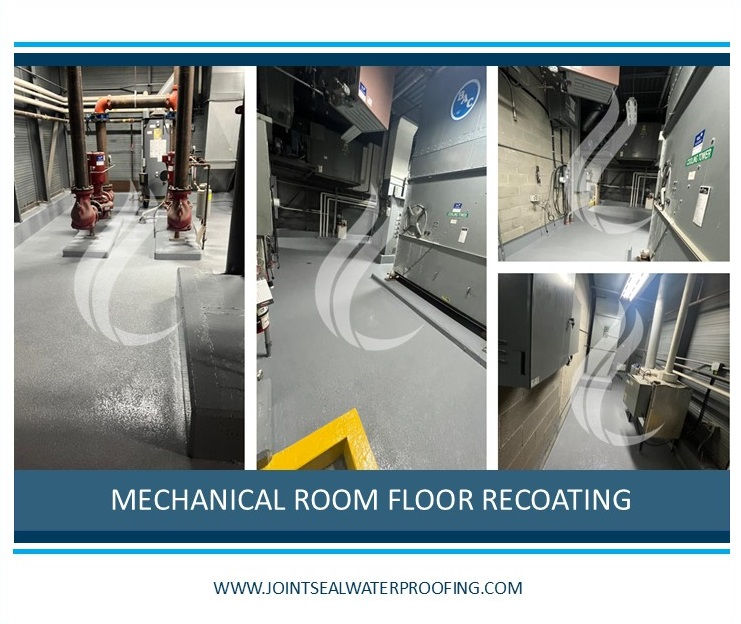Traffic Deck Systems for Garage Ramp Recoating
- Nataliya Muriy

- Aug 23, 2023
- 2 min read
Parking garages play a vital role in urban infrastructure, providing convenient storage for vehicles. However, over time, the wear and tear from continuous vehicular traffic and the weather elements can lead to degradation of the surfaces, affecting both safety and aesthetics. One critical aspect of maintaining parking structures is ensuring the safety of ramps, which experience heavy traffic and are susceptible to damage. One such ramp at a mid-rise residential building located on Esther Lorrie Dr. in Etobicoke was repaired and recoated this month.
Repair Method
Step 1: Substrate Preparation
To begin the parking garage ramp recoating process, the old membrane needs to be carefully removed. This step is crucial as it paves the way for the installation of a new and durable membrane. The underlying substrate is then thoroughly inspected and repaired. Repairing the substrate ensures a smooth surface, free from cracks, holes, or other imperfections that could compromise the adhesion of the new coating.
Step 2: Primer Application
After repairing the substrate, a primer is applied. The primer serves as a bonding agent between the substrate and the subsequent layers of coating. It enhances adhesion and helps create a uniform surface for the coating system. Proper primer application is essential to achieve optimal results in terms of both aesthetics and durability.
Step 3: Base Layer of Membrane Application with Sand Broadcast
The first layer of the new membrane is applied, and during this stage, sand is broadcast onto the membrane. Broadcasting this aggregate helps create a non-slip finish, crucial for driver safety. The sand becomes embedded in the membrane, providing traction even in wet conditions. This added safety feature significantly reduces the risk of accidents due to slippery surfaces.
Step 4: Aggregate Absorption and Excess Removal
After the sand has been broadcast onto the membrane and allowed to be absorbed partially, excess sand is removed. This step ensures that the non-slip finish remains effective while preventing an excessive buildup of sand that could diminish the aesthetics and overall functionality of the ramp.
Step 5: Second Layer of Traffic Deck Coating
The second layer of the traffic deck coating system is then applied. This layer enhances the durability and longevity of the ramp coating. It acts as a protective barrier against environmental elements, including UV radiation, salt, water, and vehicular fluids. This coating plays a critical role in preventing premature degradation and maintaining the aesthetics of the parking garage ramp.
Given that the recoating process requires time for proper installation and curing, it's essential to plan the work effectively. Both sides of the ramp are recoated to ensure consistent coverage and safety. To accommodate ongoing vehicle traffic, the work is done in two parts. This phased approach minimises disruptions and maintains access to the parking garage, allowing the facility to continue serving its purpose while undergoing essential maintenance.
Learn more about a variety of concrete repair and waterproofing services we offer for parking garages by visiting this page: https://www.jointsealwaterproofing.com/garages





Comments